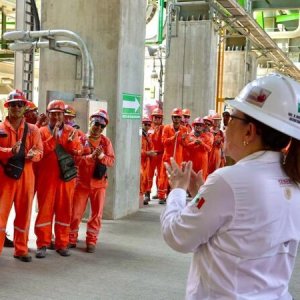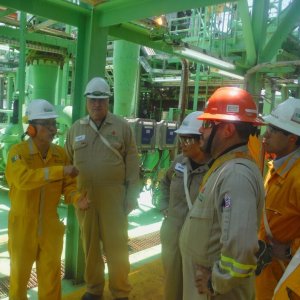Crewing The Industry In Its New Phases

STORY INLINE POST
Q: How do you see the industry’s talent needs growing in 2020?
A: 2019 was an interesting year as it was the first year of a transition process. Private operators that won contracts in the bidding rounds are now in a number of different phases in their projects, ranging from exploration to production, and they are all continuing to move forward. This administration paused the Energy Reform’s development, so that only 25 percent of the areas that were going to be auctioned in the original five-year plan have been auctioned. That percentage represents 112 contracts that the president has declared will be respected. Currently, we are seeing a lot of current and upcoming activity from those companies. They are all moving at their own pace, some quicker than others, but from our point of view we are already witnessing a significant increase in drilling activity. The new operators were supposed to drill about 120 wells and they have already drilled 321 this year, and around 130 wells have been approved, so we can expect a lot of activity and new players entering the industry.
This increase in drilling will also be reflected at PEMEX, given this administration’s desire to strengthen the NOC, which means more personnel will be needed throughout the industry. Our advantage is our status as a company that operates internationally. If a time comes when we can no longer find enough qualified candidates in Mexico, we can start looking abroad, although over 99 percent of our Mexico personnel is currently Mexican and we try to keep it that way. These are all good indications of healthy growth and evolution for the industry, but I believe 2020 will still prove to be a challenging year for the Mexican oil and gas sector.
Q: How has the percentage or proportion of Mexican professionals in your global candidate database changed?
A: There are a number of ways. There are over 50,000 people from all over the world in our database, but we are well-structured in Europe, the Middle East and the Americas. Our own staff in Mexico grew from 15 to 30 people last year alone. Our outsourced personnel also doubled to about 5,000 people, 99 percent of whom are Mexicans. We accomplish this by our own network, social media activities but also by building strategic partnerships with multipliers, such as Chambers of Commerce, Embassies and specialized industry media. Some chambers of commerce, such as Holland House Mexico, have their own job listings, and their own talent fairs. For example, we look for Dutch students who have been in Mexico or Mexican students who have studied in the Netherlands so that they can apply to work for Dutch companies working in Mexico.
In the present times we live in, all of these processes need to be way more digital, so we rely not only on the traditional job sites but also on social media. We are relaunching our Twitter and Instagram accounts, along with blogging and other online platforms, to approach personnel coming out of universities who now have a much different perspective on their future employers than they used to. I do not think we have the skills yet to actually open up our own university, but we definitely talk to the universities, particularly those on the coastal locations like Tabasco and Ciudad del Carmen.
Q: What would you consider to be your flagship projects?
A: Our 2020 agenda is definitely based on IOCs and Tier 1 contractors. We already work directly with 20 of them. We do everything from payroll to recruitment to the crewing of their assets. We are helping them with their entire field development process. For example, we helped one of ENI’s suppliers with the project management for the laying of a pipeline between two platforms. We are also recruiting people for the FPSO they are building and for the company that is building its topside. ENI also has two new jackets being built for them in Mexico, while the topsides will be installed by a Dutch company, and the pipeline connecting the two will be done by again a different contractor, so now it will not only be the IOCs that will need our services but also all of these companies that will be a part of making sure the project is up and running.
We must not forget the supply vessels, the personnel vessels, the mud vessels, the drilling fluid vessels and any other vessels needed to keep maintenance and operations going. At least a couple of the IOCs are at this advanced stage and contemplating the beginning of production and all the services that need to keep it going. We can also help those in an exploratory phase now and we can be their aides when they enter the production phase, which means we can be busy with these operators for the next four to five years. Another important aspect of our agenda is PEMEX. We do not work with them directly, but we work with their subcontractors and within their tenders. There are many international companies in that field as well. Some Mexican corporations have their own in-house payroll and recruitment capabilities, we can still help them with recruitment of international personnel and crewing of foreign-flagged assets.
Q: What are some of the challenges you face when crewing foreign FPSOs with Mexican crews?
A: It is a huge challenge. There is only one comparable FPSO active in Mexico. When it first came to Mexico 10 years ago, it started out with a crew composed of 80 percent foreigners and 20 percent Mexicans. Now, after 10 years those percentages have been flipped. This is what new entering companies need to accomplish as well. They have the advantage that there are now qualified Mexican candidates with FPSO experience on the market.
Given Mexico’s situation in terms of the characteristics of its deepwater activities and the state of its infrastructure, it is a perfect market for FPSOs. In Brazil, there are over 15 FPSOs working and Mexico could easily have at least the same number, and then the challenge of finding the right people will become even more significant. I believe it is not a matter of if the FPSO market will pick up in Mexico, but rather when.
Q: What role is the downstream and retail sector continuing to play in your project and client portfolio?
A: We continue to work in all segments of the value chain, and the downstream retail sector definitely has our attention for our permanent staffing department. There are about 11,000 gas stations in Mexico. Each operator in that market has their own working projects. We have gotten requests from this sector that are somewhat outside of our areas of expertise. For example, massive recruitment of gas station shop clerks. Those are massive recruitment efforts where other companies are more experienced and better equipped to handle the process involved. We can help them with the managerial side of things, so we do white-collar recruitment only at the moment. This is a volatile market, and the attitudes that influence it can change very quickly.
Q: What are your predictions regarding the industry becoming a larger employer in 2020?
A: In the golden days, PEMEX represented 40 percent of Mexico’s GDP. Now, it is down to less than 10 percent. That percentage is expected to rise again in the coming years. The oil price is slowly increasing again, but production is still declining. This president has the ambition of reaching 3.1MMb/d from current levels of 1.7MMb/d. The private operators will be at 280,000b/d by 2024, so PEMEX definitely needs to step up its game. Most logical would be if the bidding rounds would return and IOCs have the chance to enhance their footprint and therewith investments in Mexico. If those goals are indeed reached, then we can definitely look forward to the economic growth that this administration is expecting from the sector, and there will be growth in all the segments of the industry’s value chain and in other sectors as well.
Q: What are the main growth and development goals that you would like to reach in 2020?
A: Our main objective is to connect as many talents with job opportunities and creating a safe and compliant working atmosphere. In that way we contribute to improving the lives of many Mexican households and therewith stimulate the economy. We have doubled our operations every year for the last two years. I do not think we will be able to double them again this year, but we still expect steady growth between 30 to 50 percent. We hope that foreign companies entering Mexico will continue to rely on companies like ours to manage their entry into the industry the right way, with 100 percent compliance of all regulations, especially in terms of taxes and social security.
iPS Powerful People is a global one-stop-shop for personnel solutions. It supplies personnel, payroll and crewing services to the international Maritime, Dredging, Oil & Gas, Renewables and Civil Construction industry. Founded in 1988, iPS has expanded its expertise into different sectors and countries, including Mexico since 2007
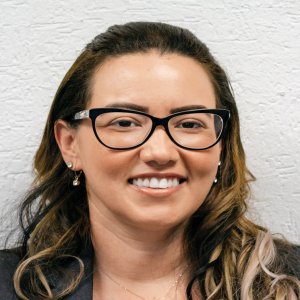
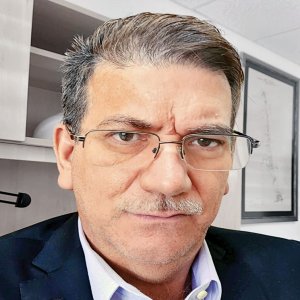
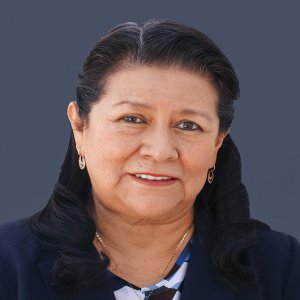

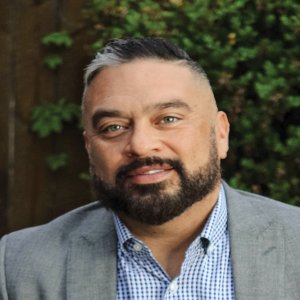
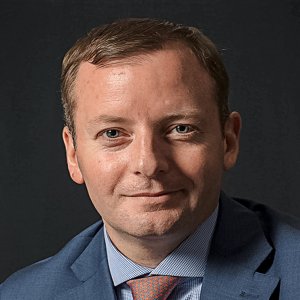

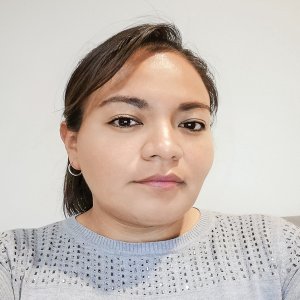
 By Pedro Alcalá | Senior Journalist & Industry Analyst -
Wed, 04/15/2020 - 17:08
By Pedro Alcalá | Senior Journalist & Industry Analyst -
Wed, 04/15/2020 - 17:08






